According to contemporary artist John Berry every painting is a collection of responses to uncertainty.
For me, the most important thing is that the painting stays in a generative state, between the abstract and recognisable, between space and flatness, between speaking and listening.

SiShang Museum in Beijing, 2016.
How did your journey in art begin?
When I was little I started by just inventing and building worlds. Of course, I didn’t think of it that way at the time – I was a little kid that was just playing with blocks and drawings – but I would spend hours and hours on the details and fabricating narratives about the worlds. Looking back, I was practicing spending time alone and designing space, two abilities I still depend on in my practice.
Tell us about the evolution of your practice over the years.
I think the first big decision I made about my work was during my undergrads, when I decided that my goal wasn’t to create images, designs, and illustrations for clients, but that I had other questions I wanted to answer in painting. At the time, that felt like a huge shift – being honest with myself I preferred to work from my own motives which had little to do with a clear professional pathway. It was scary and exciting but I was also probably naïve about it. This felt like the first leap, and it took the form of exploring abstract painting which lasted until the middle of grad school.

Exhibition at Josef Filipp Galerie, 2019.
What were your biggest lessons and hurdles along the way? Which is the most memorable moment?
At the Rhode Island School of Design (RISD), I was really trying to get my work to say something important. It almost didn’t matter what, as long as it had “impact”. But one of my painting advisors finally advised me after looking at my work, “You going to have figure out what you want these to look like.” That sounded shockingly simple, but it’s a complicated task, because what paintings “look like” is a large part of what paintings mean. I learned then that I was going about it backwards.

Beacon, 110x80cm (43×31.5in), Acrylic, spray paint, and Flashe on canvas, 2019.
What inspires you? Take us through your process and continuous frameworks of reference.
I begin a canvas abstractly and without a plan. I need this unpredictability to generate something to react to, a back and forth between setting up a structure and finding a way to react to it. For me, the most important thing is that the painting stays in a generative state, between the abstract and recognisable, between space and flatness, between speaking and listening.
I have learned that I’m specifically interested in experiences that find expression within a common vocabulary. I love rug designs and allotment garden designs, both of which, like a painting, divide a rectangle. Given the speed in which everything moves, I want to track what we decide not to throw away: the conventions, rituals, shared experiences, and recipes. These things are not themselves what I’m after, but they do provide different keyhole views into a perspective or balance between order and freedom; in other words, decoding convention and shared experience as a means of moving forward.

Fruit Tree, 110x80cm (43×31.5in), Acrylic, spray paint, and Flashe on canvas, 2019.
What is the primary role of an artist? How do you describe yourself in the context of challenging people’s perspectives via your work and art?
I heard someone say once that art can tell the future. That stuck with me, because I don’t think artists do, but maybe the art does. If so, then what does the art tell us about ourselves? Perhaps our first responsibility is to listen to the art.
I try not to be overconfident; we need many perspectives even to understand our own responsibilities. Maybe artists practice continual reevaluation.
How do you balance art and life?
I have no idea! I’m still trying to figure this out. I teach full time, and the job can sometimes take all the time I have. I’m very lucky to have a job that doesn’t force me to choose between the commercial and the creative, but I’ll be honest that I haven’t gotten the time balance right yet.

Studio in Sishang Museum, Beijing, 2016.
How do you deal with the conceptual difficulty and uncertainty of creating work?
I don’t love uncertainty in the world, but I need it in my paintings. It is an essential ingredient. Each painting is a collection of responses to uncertainty. Sometimes I try new ways to use a material, sometimes I remove my favourite moment in the painting for it to work, sometimes I cut larger paintings into smaller ones.
How does your audience interact and react to your work?
The most common feedback I get is about the interaction and saturation of colour. I think it is the first thing the audience sees and reacts to. And honestly, given how brief most of us look at images, it is okay if that’s what audience looks at. But the colour is a lure. For those who look a little longer the response often relates to the psychological feelings of navigating the space.

Studio in Greencastle, Indiana, 2018.
What are you looking for when you look at other artists’ work? Who are your maestros? Whose journey would you want to read about?
When I look I can’t help but take ideas back to my own studio – I think that’s the kind of “espionage” many painters do when they look at paintings. Matisse, Philip Guston, Charline von Heyl, and Tal R are some of the painters I enjoy. Recently, I have been returning to paintings by Charles Burchfied, Martín Ramírez, Christoph Ruckhäberle, Lois Dodd, and Marsden Hartley. I try to trace what decisions and leaps of faith they took in their own work, and find what questions are their questions.
I was lucky enough to see the Giotto frescoes in Assisi, and that was probably the experience that had the biggest single impact on me. Everything from the height of the murals to their layered colour, to the internal geometry, to their function in that space… it just knocked me over.

Rosewater, 110x80cm (43×31.5in), Acrylic and Flashe on canvas, 2019.
You have spent time amongst artists in flow, what have you observed?
Every artist is different, and everyone has a different way of approaching their work. I don’t think I am particularly good at this, but I have observed in others that it helps to have social confidence when creating the best creative environment for yourself. Sometimes artists have to be flexible, but at other times we have to ask for things on behalf of our art. This can be space to create, time alone, the knowledge of a process, the freedom to be vulnerable, or the permission to tell another’s story.
There are all sorts of things we might ask for, but we have to ask. I have seen artists’ needs bump into the needs of another artist, too, and create conflict – this is bound to happen. I try to be reflective of my own “creative footprint” and limit the demands I might make on others, especially when working in collaborative spaces such as residencies.
What is that one thing you wished people would ask you but never do?
That’s a hard question! People have asked me all sorts of questions, and I’m usually pleasantly surprised even by the oddball ones. There isn’t a specific question I’m waiting to be asked, but I always value the kinds of questions that teach me something about my own work.

Contemporary artist John Berry. Fever Dream (Night Garden), 170x120cm, acrylic and spray paint on canvas, 2016.
How does your interaction with a curator, gallery or client evolve? How do you feel about commissions?
I’m suspicious of commissions, although perhaps I shouldn’t be. I get the sense, and maybe this is from my undergraduate degree in Illustration, that when someone is asking for a commission they are not asking for a partner, not really… they are asking for a fabricator or they are buying an artist’s style. In my work I need the idea and content to develop slowly and with freedom of movement, and if collaboration or commission would help that, great. If not, I don’t see the value. I think the same is true for curators and galleries. The healthiest relationships and the ones I work to develop are the ones that preserve creative autonomy for both sides. I have a had a wonderful experience with Josef Filipp Galerie. They are great about communicating their interests and also truly want me to develop the paintings I want to make.

Contemporary artist John Berry. Artist consultation at Pilotenkuche artist residency, Leipzig, 2018
What are you working on now? What’s coming next season?
Using Germany’s Schrebergarten as a starting point from my exhibition at Josef Filipp, I want to explore other forms of public and private gardens, to test what ways my interest in the practice is location-specific. I’m preparing for a semester leave from teaching, which will give me much more time to research, travel, and make work. Over the next year I want to explore silk screening on canvases as a way to generate static compositions to react to and inversely, mechanical visual information that could be used to disrupt gestural marks. The hope is that this concentrated time will produce deeper changes in the work, and it is hard to predict what that might look like – but that makes me all the more energised to start.
Before you go – you might like to browse our Artist Interviews. Interviews of artists and outliers on how to be an artist. Contemporary artists on the source of their creative inspiration.

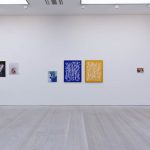
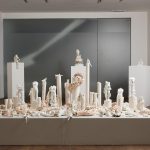
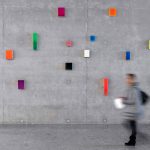
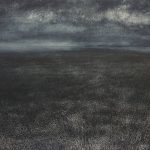
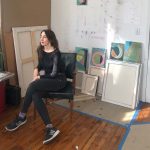
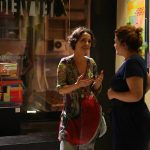

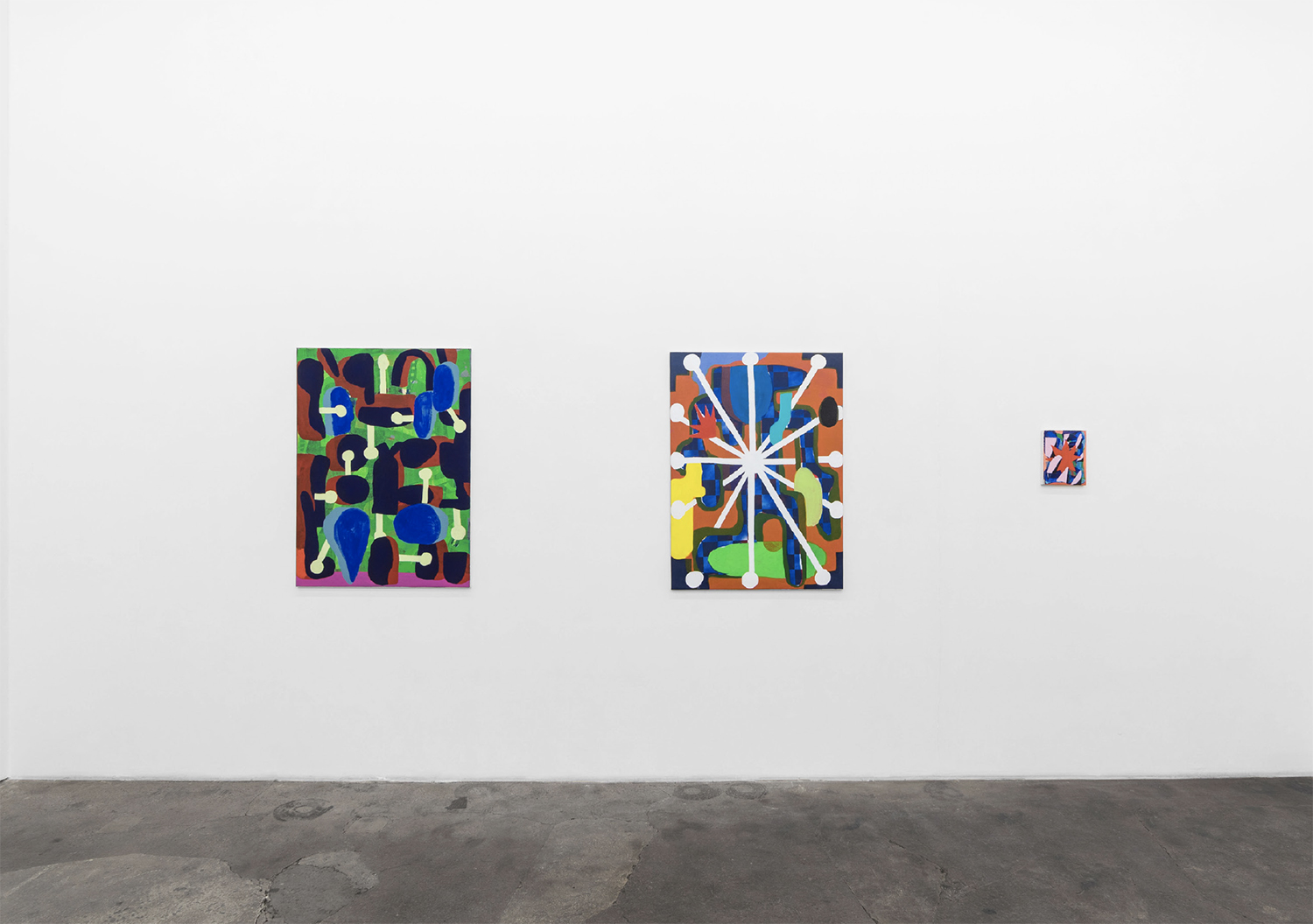
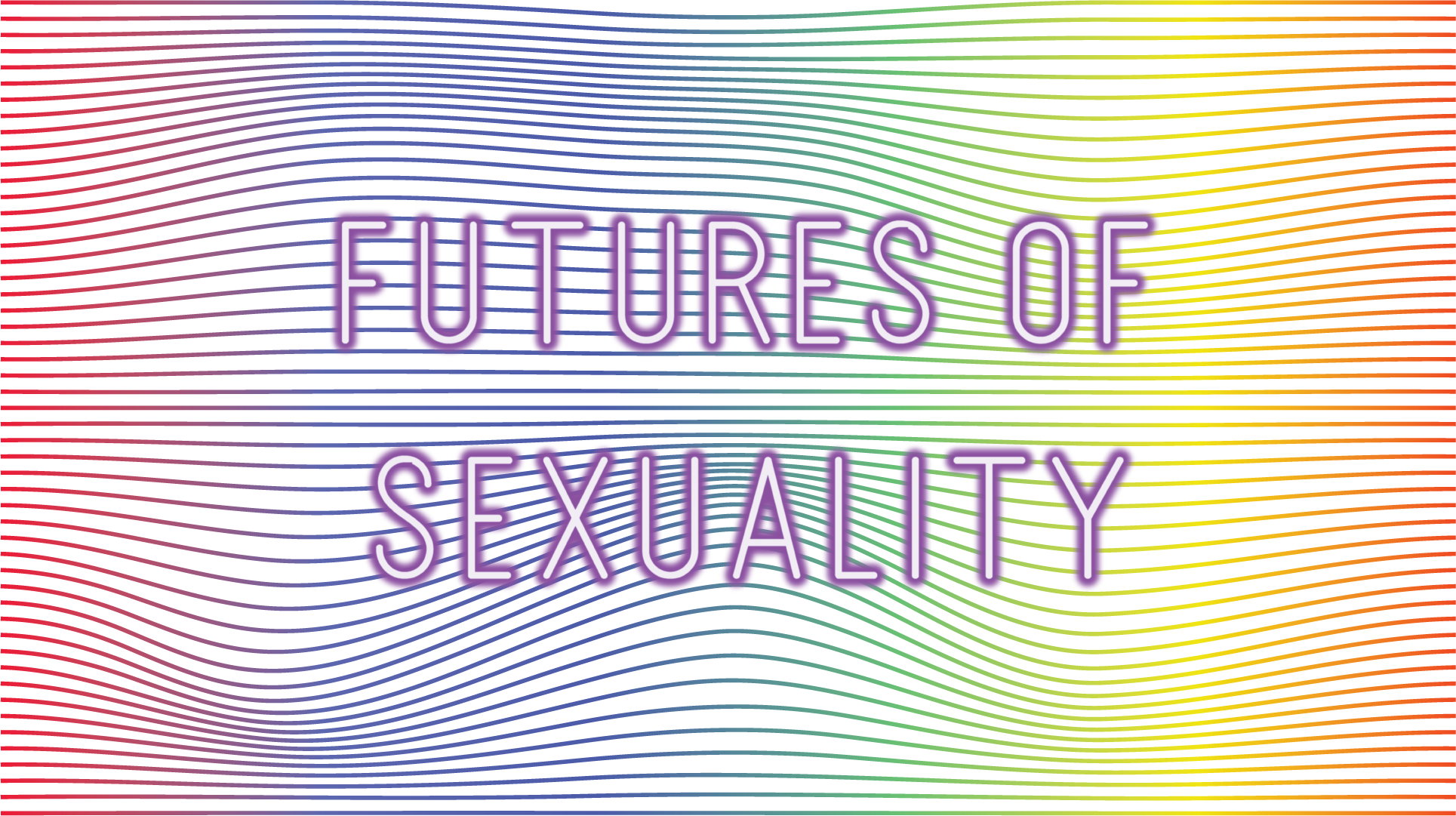
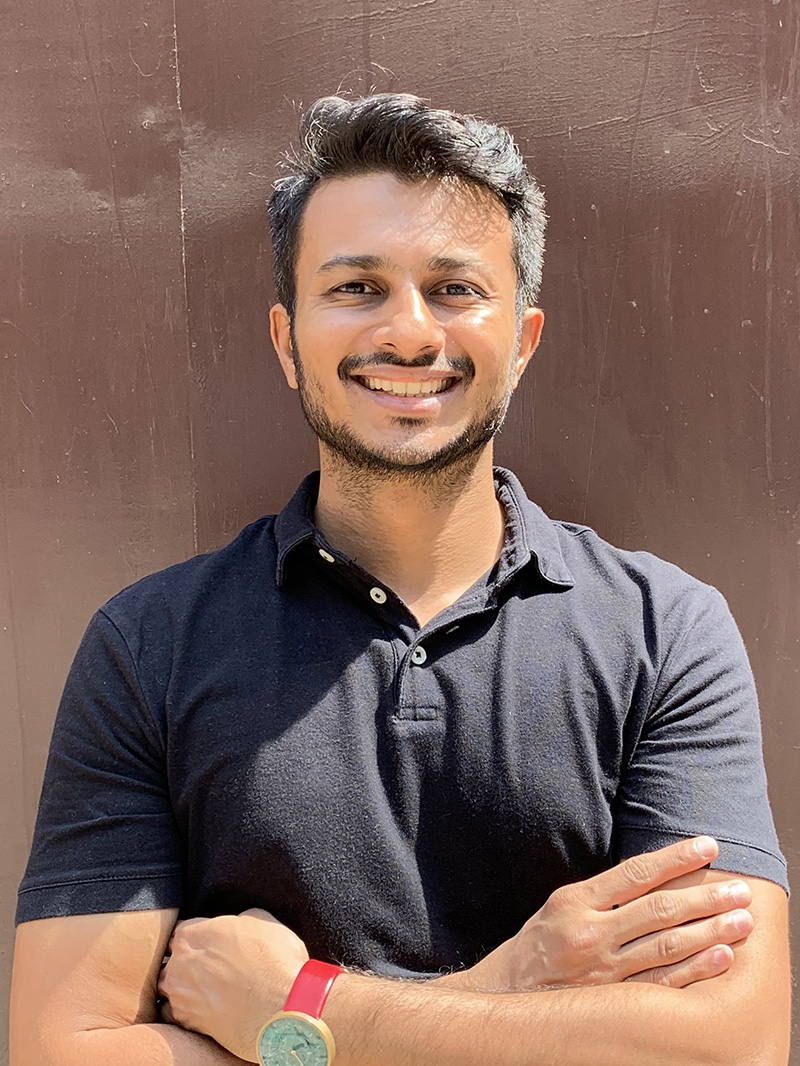

Add Comment